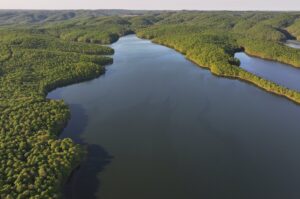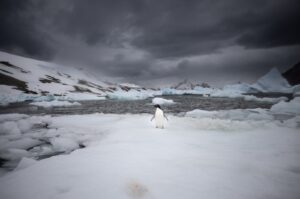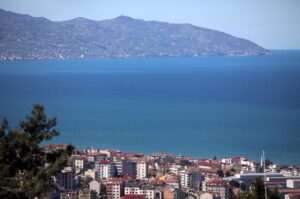A recent study has revealed a significant increase in jellyfish populations along the coasts of Istanbul and the Marmara Sea, a trend attributed to global warming. The surge poses potential challenges for marine ecosystems and local communities while impacting fisheries, tourism and the overall health of marine environments.
Within the scope of the project titled “Causes and Consequences of Jellyfish Increase in the Marmara Sea,” initiated by the Faculty of Aquatic Sciences of Istanbul University (IU) and the Ministry of Environment, Urbanization and Climate Change, research was carried out in the Marmara Sea with the ship “R/V Yunus-S.”
Underwater observations were made by divers in the Sea of Marmara and some samples were taken. Additionally, jellyfish samples were taken from different depths and examined.
Dean of the IU’s Faculty of Aquatic Sciences, professor Melek İşinibilir Okyar, told Anadolu Agency (AA) that there has been a serious increase in jellyfish in Turkish seas in recent years, as in the rest of the world.
Stating that jellyfish can invade the ecosystem to their advantage, he said, “These creatures have been living on Earth for 500 million years and increasing their numbers and diversity.”
Okyar highlighted that the Marmara Sea faces significant human pressure for various reasons, creating conditions favorable for jellyfish proliferation.
He noted that jellyfish thrive and proliferate in polluted waters, with their reproductive capacity increasing in warmer temperatures, a phenomenon observed globally due to climate change. Despite being winter, the water temperature of the Marmara Sea was recorded at around 20 degrees Celsius.
Okyar emphasized that they initiated the first phase of the project in Eastern Marmara. He explained, “When jellyfish overpopulate, they eventually die and decompose, leading to a decline in water quality and disruptions to the ecosystem’s balance.”
He highlighted that studies using drones revealed jellyfish spreading over large areas. He stated: “Additionally, through diving expeditions, we identified their congregating areas. We found that jellyfish are most abundant at depths between 5-10 meters, despite sporadic sightings on the water’s surface. These jellyfish actually have substantial populations at these depths. In the project’s second phase, we conducted scuba dives to study their life stages. We aim to monitor their seasonal reproductive cycle within the ecosystem. Climate change is causing an influx of many new invasive jellyfish species into the Marmara Sea.”
Pointing out that the decrease in the creatures that feed on jellyfish due to various pressures in the ecosystem causes the hunter pressure on them to disappear and their numbers to increase, Okyar said, “Jellyfish increase is now experienced in every season and has excessively increased in the last 20-30 years, amid rising temperature in sea waters.”
He stated that jellyfish carried by the current system of the Marmara Sea accumulate, especially in the eastern basin of the Gulf of Izmit, and pose a serious problem for the region.
Okyar mentioned that these creatures, which are harmful to the marine ecosystem, are consumed as food in the Far East and added that they are working to obtain products from jellyfish that will benefit the economy.




















































Be First to Comment